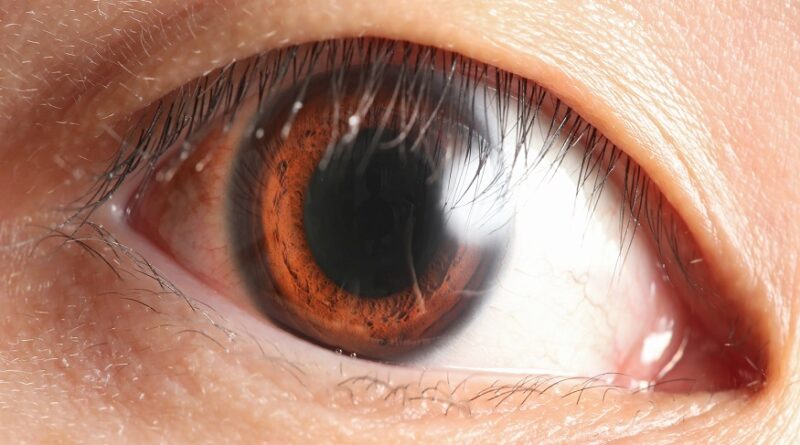Eyes on Precision: Exploring Pupil Measurement Techniques and Applications
Measuring pupils can lead to the exploration of various neurological dysfunctions. It could be heart ailment-related factors, massive to mild stroke, brain stroke, and even hemorrhage. Modern pupillometry even leads to finding signs of seizure in a patient. A patient with drug addiction can also be identified through pupil evaluation.
Neurological issues commonly occur due to several internal and external factors. External impacts may happen due to slips and falls, as well as other impacts. Those factors may lead to internal impact as well. The impact will affect the cranial nerves, which may affect visual prowess by changing the usual size of pupils. Proper pupillary size measurement by an advanced NPi-pupillometer will be supportive for preventing any potential danger.
Pupil Measurement Techniques and Applications
There are several ways to measure pupils with advanced pupillometry devices. While checking eyes for pupil evaluation, both the left and right eyes should be independently and interchangeably illuminated to create alternating images. The image will help us understand the light simulation in the pupils and the natural ability of the brain to control pupil measurements. The pupillometry devices can help find whether the responses from the pupils of both eyes were right as per biological norms. Any change or slowing down of the response, as well as change in the neurological pupil index detected by a modern NPi-pupillometer, can lead to the conclusion of any neurological defect in the subject.
Pupillometry Techniques
Pupillometry is a process of measuring pupil diameter and size. The modern NPi-pupillometers used for inspection follow a non-invasive technique for pupil evaluation. As these machines are used to evaluate the autonomous nervous system, they can genuinely enlighten the medical authorities regarding any neurological concerns, which may even include permanent damage to nerves or any decaying process.
In various medical fields across the world, there are several names used for pupillometry techniques. The machines for measuring pupils and the gaze of humans are also known as eye-gaze trackers. These are not just supportive of ophthalmology, but also neurology and psychology. The wide range of support by the machines has garnered respect from the experts. Pupillometry devices are now considered prime neurological mechanic features, which can detect neurological concerns first-hand.
The study or metrics provided by a modern pupillometer provide a detailed oculometric report alongside neurological data. The oculomotor characteristics and abnormalities may be a reason for strong drug reactions as well. Pupillometric finding that provides a detailed idea regarding the percent change in pupil size can be linked to the cognition and mental state of a subject. It shows whether there is any brain damage caused by any external impact, or any internal issue or nerve damage has caused a concerning problem.
What Else Pupillometry Finds Other than Nerve Damage
Pupillometry devices check the primary cognitive balance by measuring the sensory ability of the pupils. The pupils genuinely constrict and dilate in response to light. The interaction may change when a problem appears. The eye-gaze data can provide a detailed idea regarding the potential problems, and also help decide whether the problem is just an ocular concern or a result of neurological damage.
Pupillometry can help decide a person’s mental disorder by checking the brain’s response to light. Interactive applications also change eye gaze and pupil size. Checking all these factors with the help of pupillometry devices may lead to a detailed neuro exam that may establish the results of certain findings.
Why Pupillometry Devices are Ideal for Tests
Modern NPi-pupillometers can take over a hundred pictures of pupils within a few seconds, and based on them, they can provide a detailed ophthalmic and primary neurological report. Not all patients may be physically or psychologically fit for detailed neurological tests all the time. Manual checking may not always show the proper impacts of concussions. The advanced devices may also help reveal any history of neurological issues like seizures among patients. In one word, it can be a life-savior during an emergency. Also, with a proper training course, nurses or healthcare professionals other than doctors can handle a modern NPi-pupillometry device to figure out the concerns among patients and accordingly take emergency actions. The smart approach can be very useful to save lives.
